.jpg)
10 Best Perennial Plants to Grow in Your Garden
Spring has officially sprung, and the transition into a warmer and brighter period may just have you dreaming of getting back out into your garden! If you're itching to get to work in your outdoor haven, you’ll be happy to hear that now is the perfect time to enjoy perennials! These hardy plants offer vibrant blooms and attractive foliage year after year, dying out over the winter and flowering again every spring-summer for years on end. And, if you're new to the wonderful world of gardening, perennials are a great place to start, as once planted, they are super-easy to maintain. So, why not read on as we run you through our top ten picks of perennials, so that you can turn your garden into the perfect plant paradise!
.jpg)
.jpg)
Yarrow (Achillea millefolium)
A pretty unique-looking perennial, yarrow is a particularly popular plant across the UK thanks to its flat-topped flowerheads in a variety of colours, including white, pink and vibrant yellow. A typically robust plant with a very distinct smell, yarrow tends to flower between the months of June and October. While remaining a low-maintenance plant, yarrow does require well-drained soil and full sun in order to thrive. If you haven't yet planted this gem in your garden, late spring is the perfect time to do so! Cranesbill (Geranium sanguineum)
Hardy geraniums – also commonly called cranesbills – require next to no effort to maintain. Providing plenty of pollen and nectar, these perennials will not only add a splash of colour to your garden but attract beautiful bees and hoverflies too! The greatest advantage of geraniums, however, remains their extended blooming period. From early spring right up until autumn, they will brighten up your garden for almost half the year! Thriving in shade, cranesbills can be planted all year round, in preferably moist but well-drained soil.
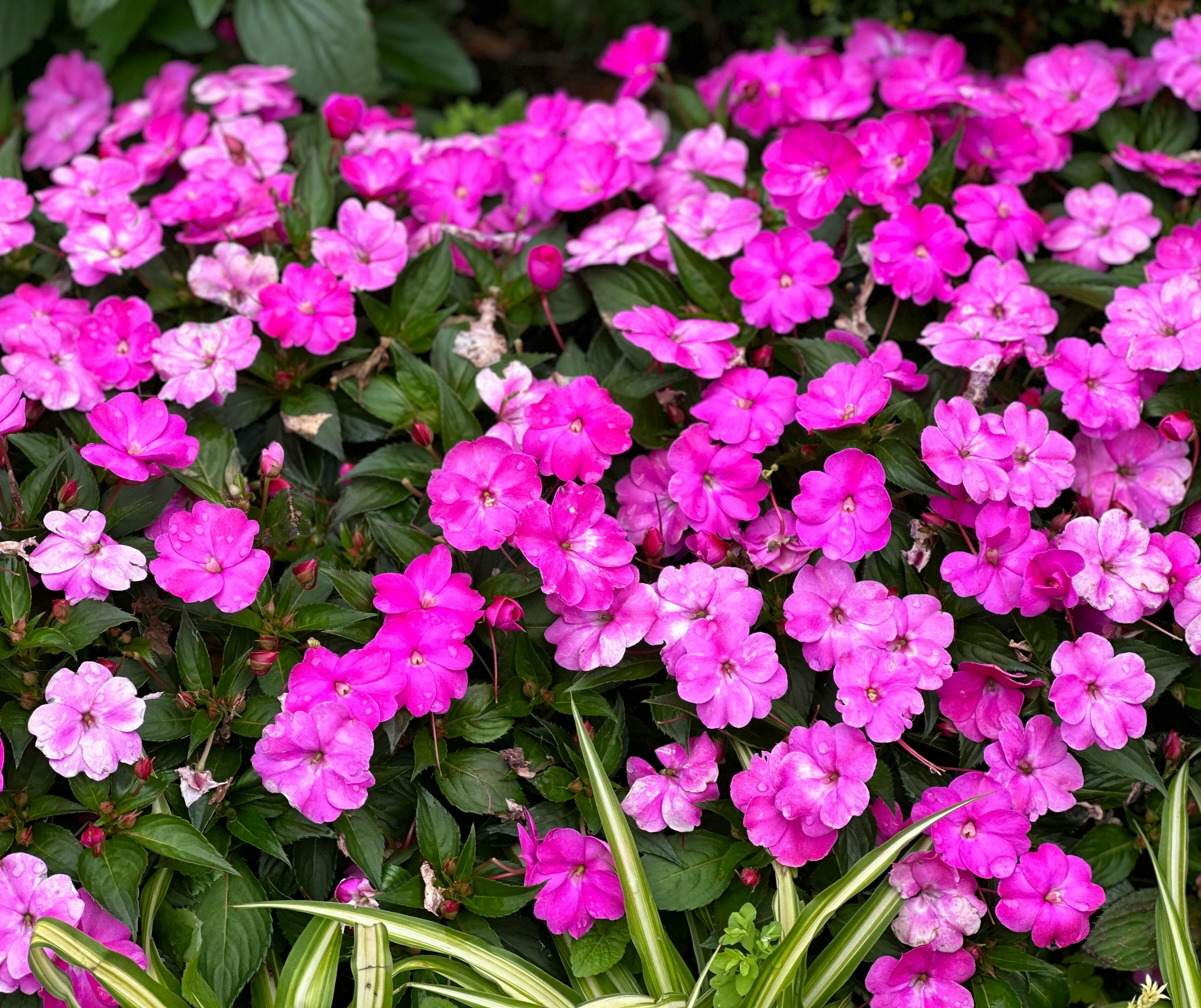


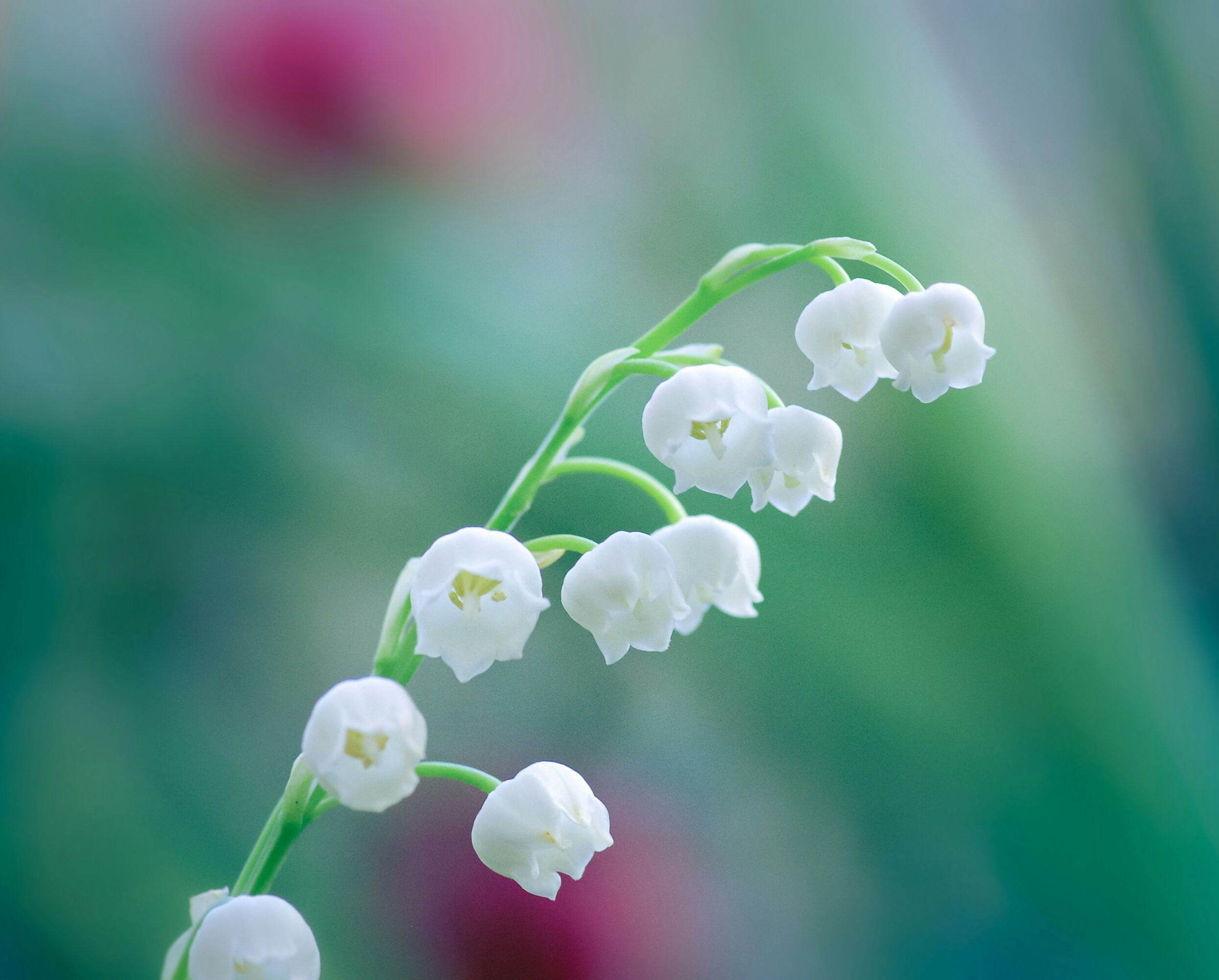
Lily-Of-The-Valley (Convallaria majalis)
An aesthetically pleasing plant, lily-of-the-valley is renowned for its dainty bell-shaped flowers. While its leaves are visible from late March to early April, the delicate white flowers only bloom for a short 3-week span, usually towards the end of May. Super-fragrant, its flowers are arguably even more pleasing to the nose than the eye! Hardy, this plant can be grown in almost any type of soil, including poorly-drained sites, making it perfect for British gardens! Delphiniums
With long spires of flowers in a striking purple-blue colour, delphinium is a great addition to any garden, adding height and contrast, as well as drama! Best planted towards the end of spring, delphiniums require warm and moist soil, and thrive in areas with partial shade and cool sun. Just make sure to watch out for slugs and snails, as they love delphiniums and can cause them real damage if you don't take precaution. 


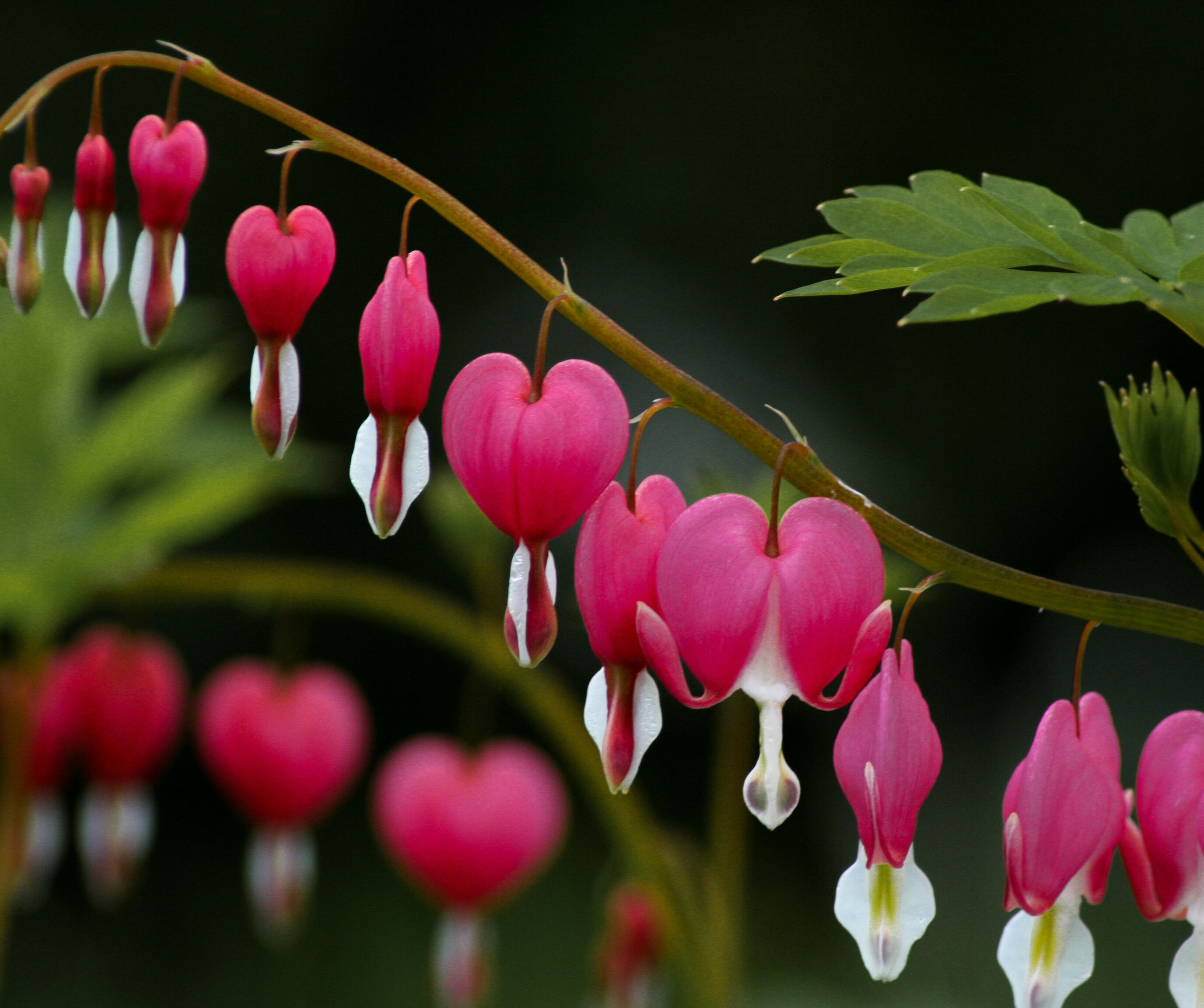
Bleeding Heart (lamprocapnos)
It comes as no surprise at all that this well-known perennial is a favourite among gardeners across the globe! Unique, its pink heart-shaped blooms look like droplets, hence the 'bleeding' aspect of its name. These flowers add a romantic touch to your garden and look particularly pretty when planted among shrubs. Although bleeding heart seeds are best sown in the autumn, stem cuttings of these perennials can be planted in early spring in well-drained soil, just after the last frost. As long as the soil stays moist enough, they can thrive in a sunny spot too.
Lady's Mantle (Alchemilla mollis)
Lady’s mantle acquired its name from its medicinal use, thanks to its plentiful health benefits for women. This pretty perennial with its low green leaves stands out thanks to its scalloped edging that holds rain in perfect droplets, resulting in a pearly appearance! It can be planted at any moment throughout the year thanks to its adaptability to different soil, and blooms in spring with clusters of dainty yellow-green flowers coming through in summer. Its flowers have a distinct frothy look, adding some interesting texture to your garden!
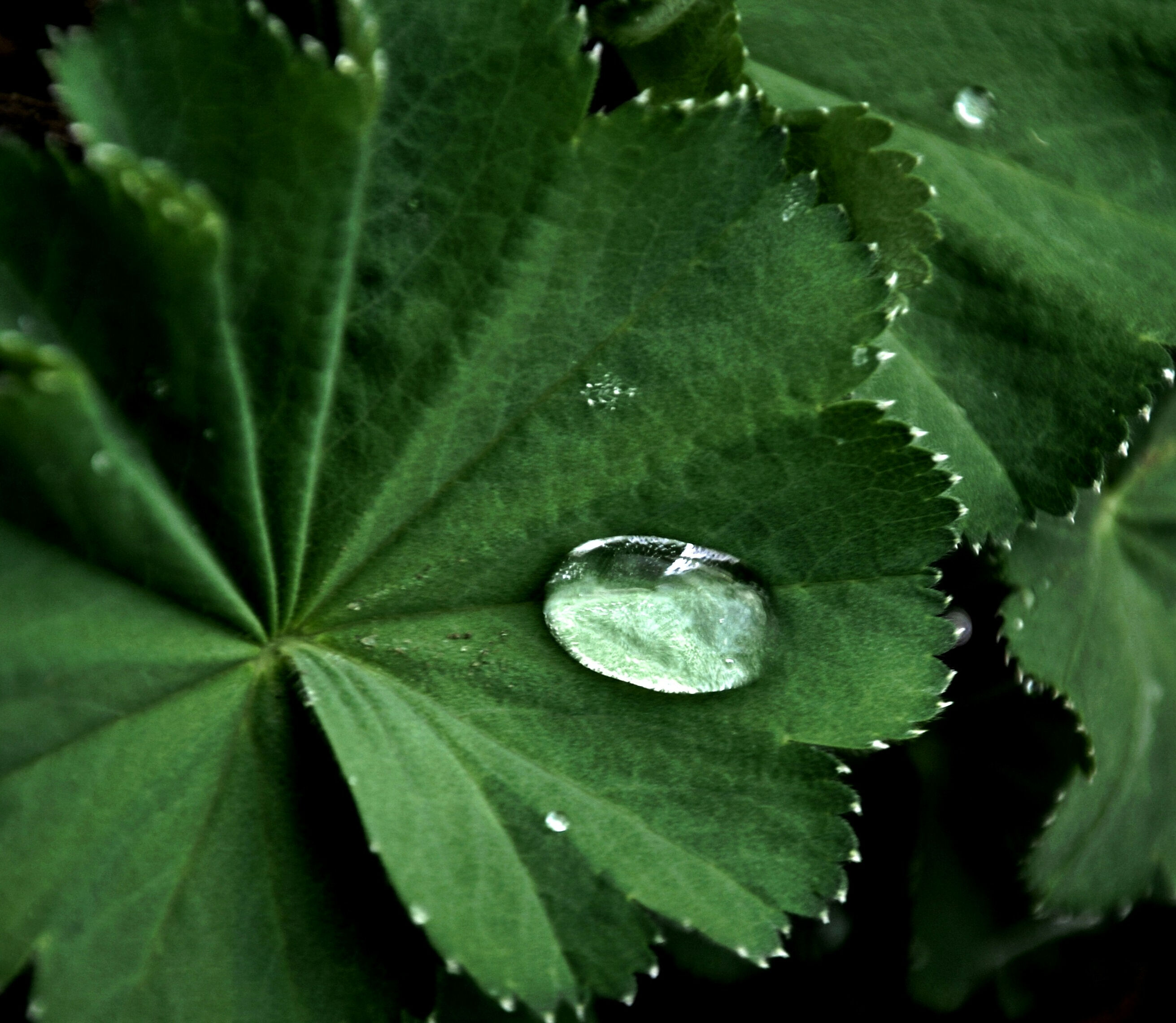

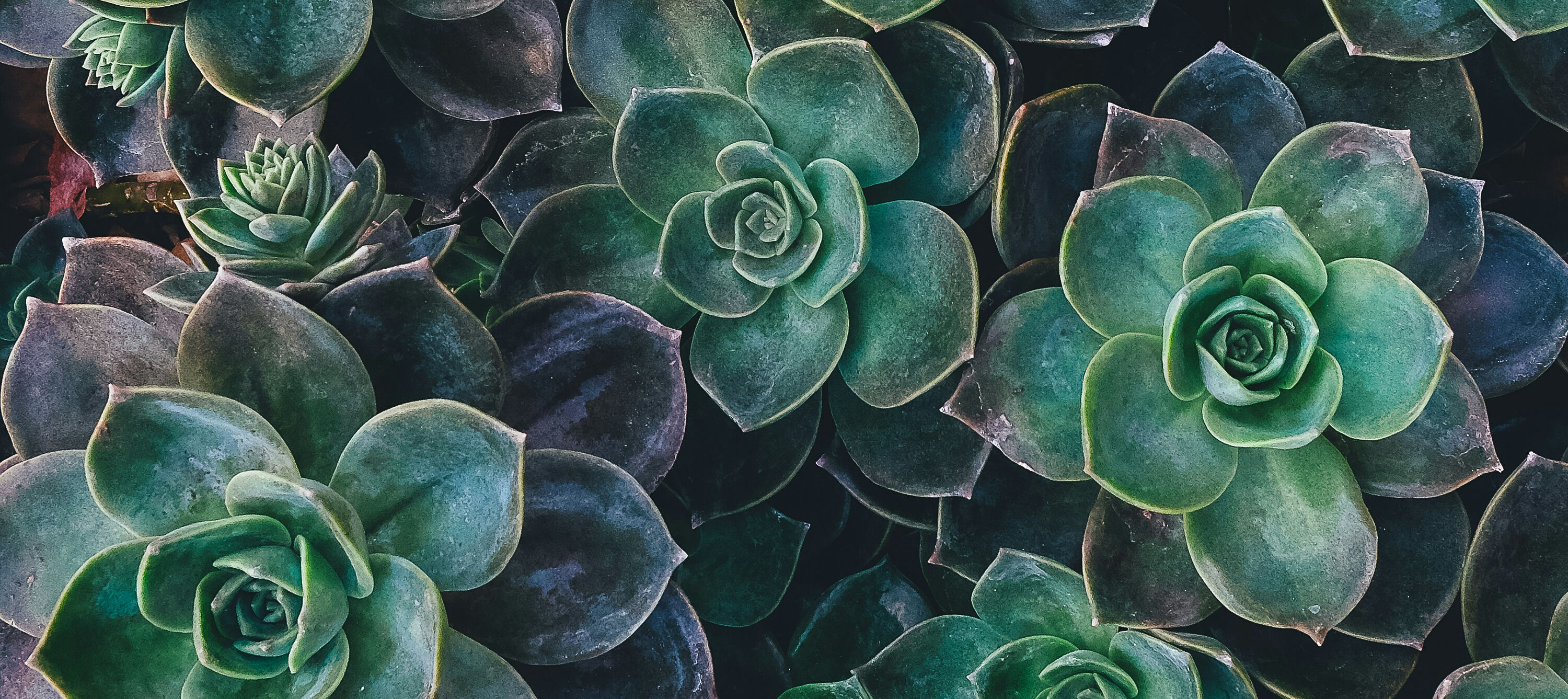
Hardy Succulents
A quirky perennial, the evergreen leaves of succulents have a dull, powder-like texture and stand out thanks to their variety of interesting shapes. Making both good outdoor and indoor plants, they're best planted in your garden in late spring once the temperature starts to rise a bit in the UK, avoiding the risk of frosty soil. They can go a fairly long time without any water, as their leaves are made to store it, meaning they can be placed in areas with full sun, in very well-drained soil. They are a slow-growing plant though, so don't expect results straight away!
Coneflower (Echinacea)
A perennial plant known for its vibrant and large blooms, coneflower presents a row of petals that surround a large, coppery-orange central cone. The cone stands above the petals, creating a dramatic effect! This plant can tolerate a variety of soil types, as long as the soil is well-drained, and they can also withhold full-sun spots. Admired not only for its beauty, coneflower is a super-resilient plant, making it a reliable addition to any garden. Blooming from mid-summer to autumn, it provides a prolonged period of visual delight.

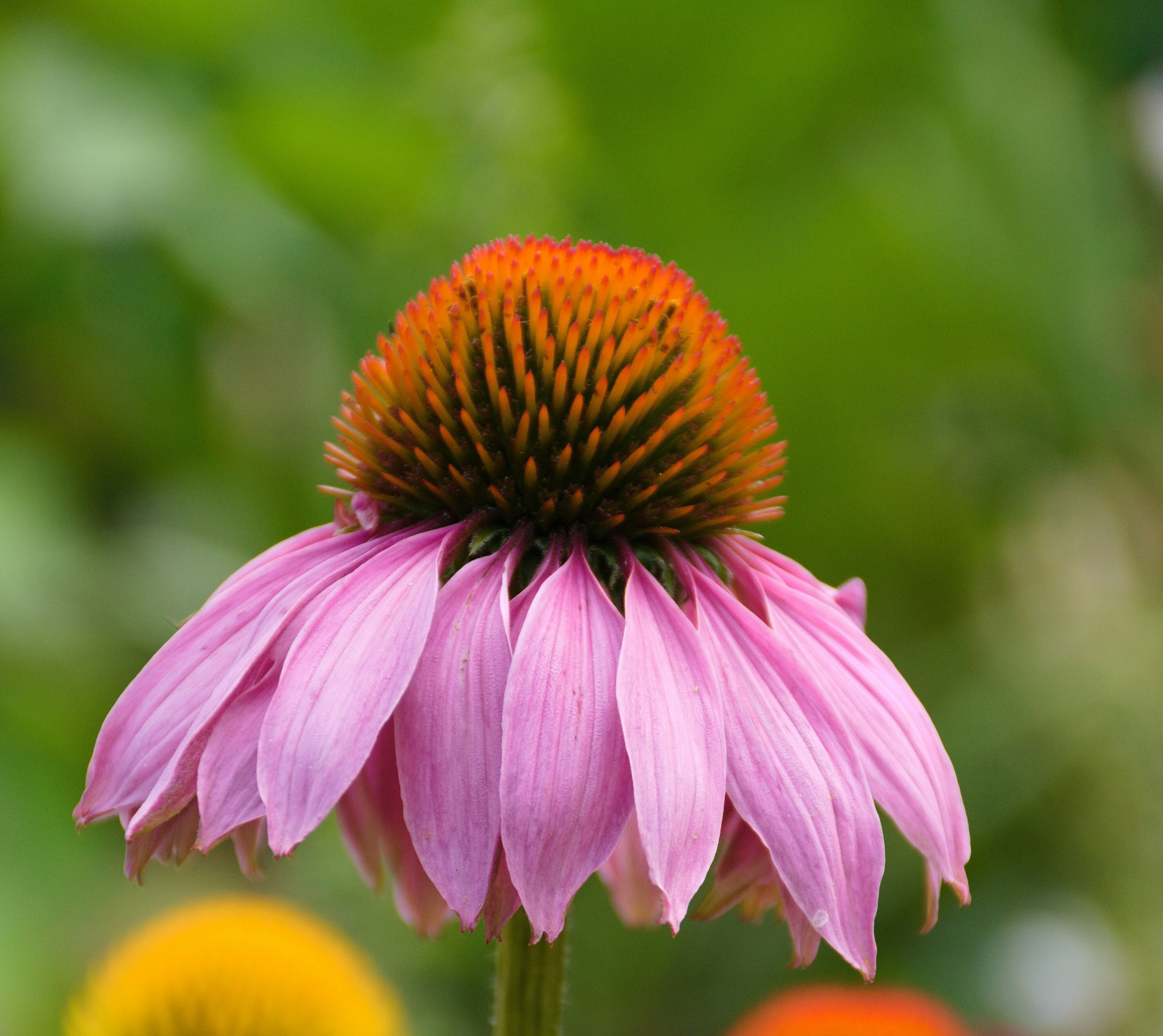
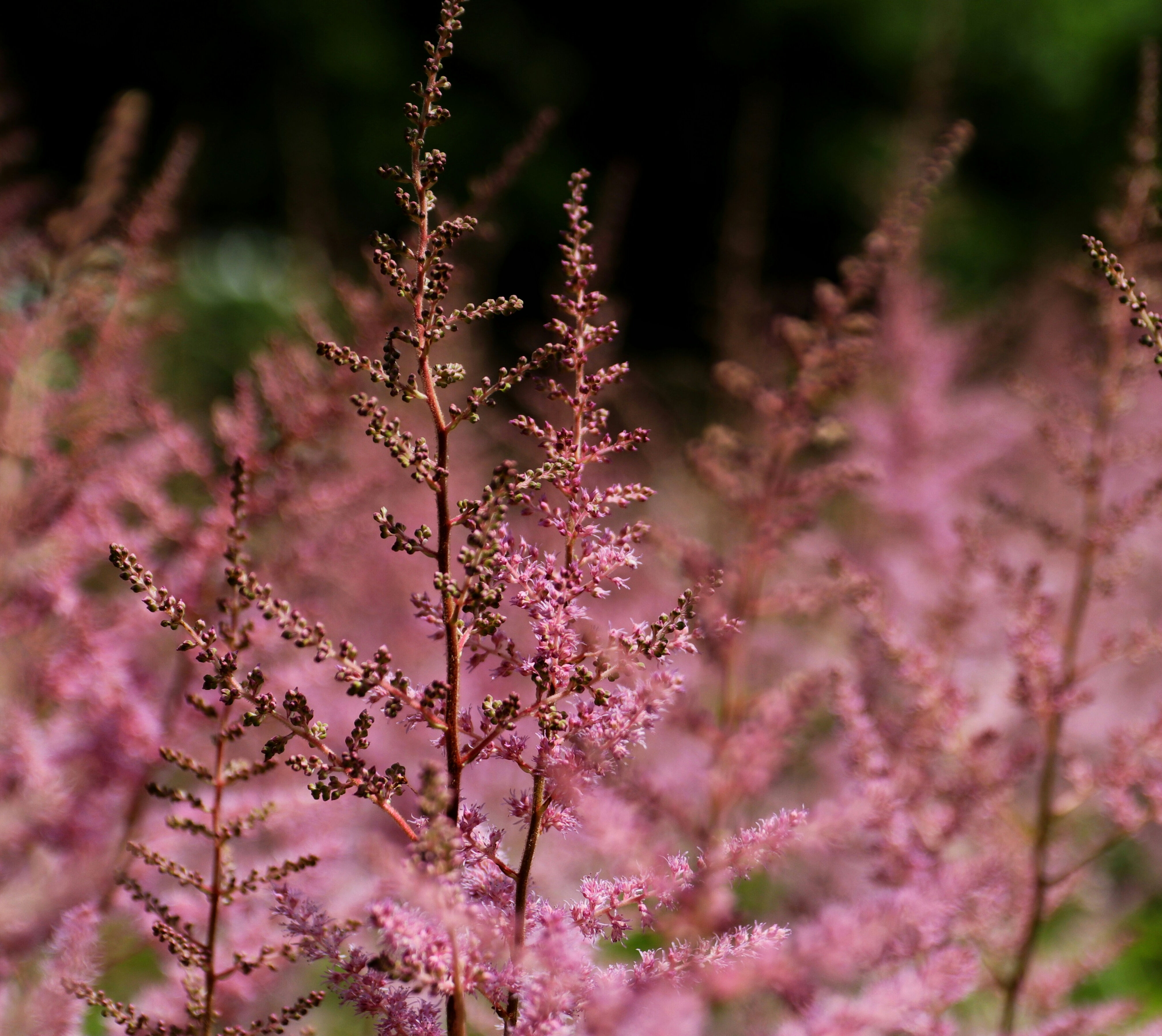
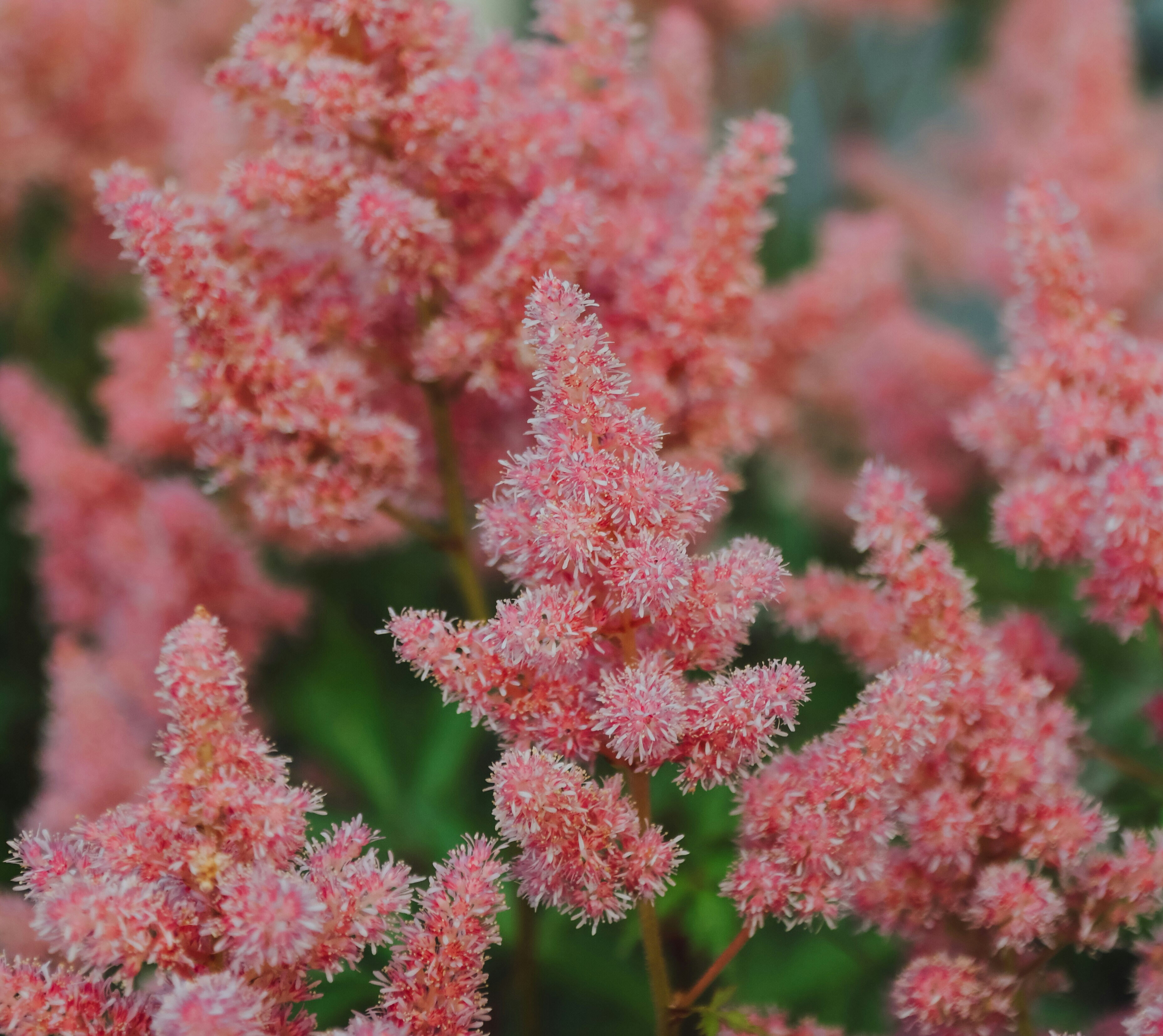
Astilbes
If you're looking to add something a bit different to your garden, look no further than astilbes. Producing feathery flowers that bring a totally different texture to your garden, it blooms in late spring and all throughout summer. This perennial does not do well in dry terrain, so it's ideal to place your astilbes in a shaded spot with moist soil. They're best planted in spring, when the temperatures are warm but not too hot. So, if you're looking to add some fun colour and texture to your garden, you've still got time to start planting some astilbes!
Coral Bells (Heuchera sanguinea)
Native to North America, coral bells (also known as heucheras) are known for their striking foliage in shades of purple, green, red and even silver! Adding a certain vibrancy to your garden, these easy-to-grow evergreen perennials are best planted between the middle of March and the end of April – so get planting them soon! They prefer light shade, and look great in hanging baskets, as well as when used as ground-cover plants. What's more, when summer approaches, coral bells tend to produce small, delicate flowers that attract bees, adding an ecological benefit to the plant's visual appeal.

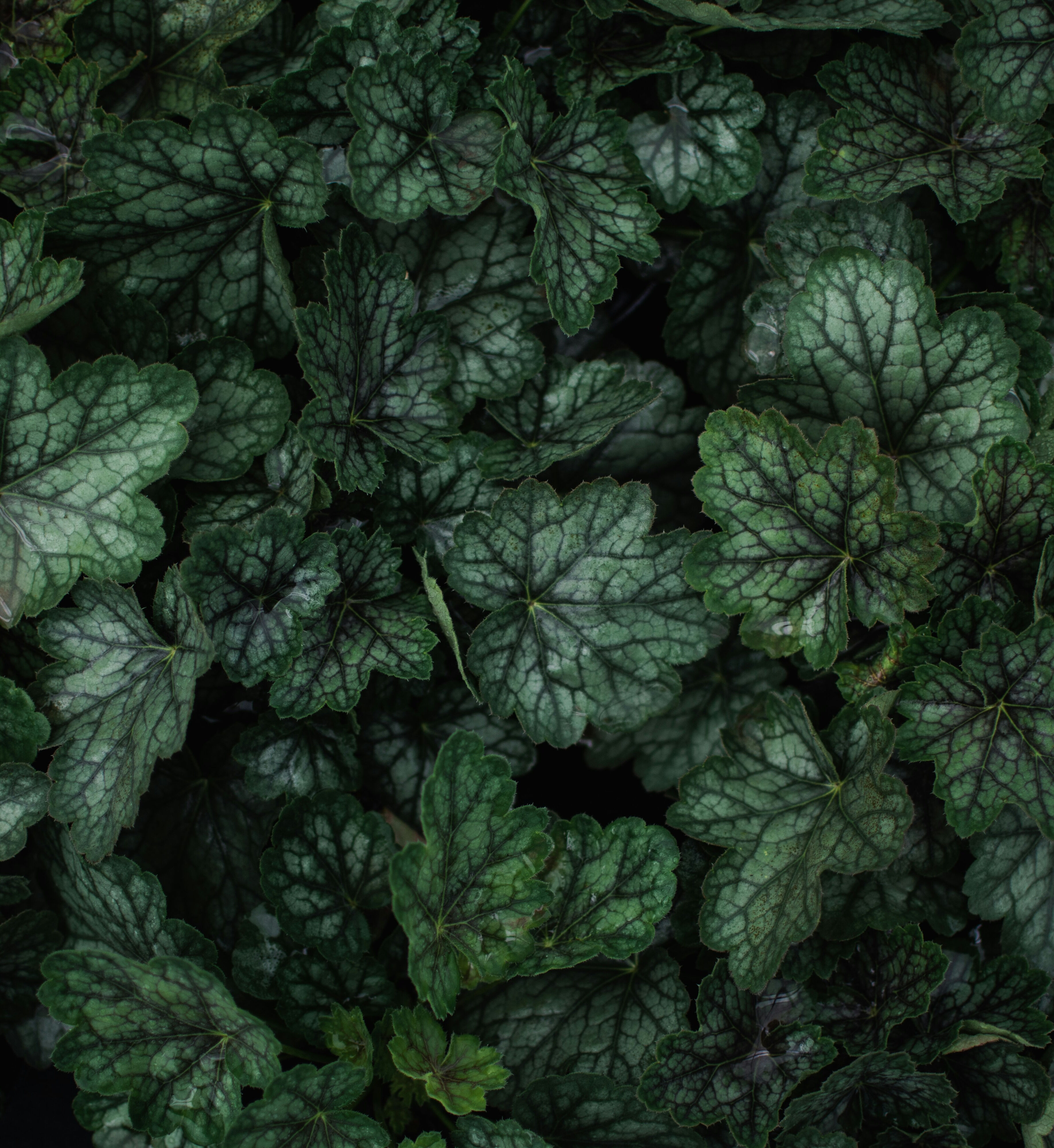
Enjoy beautiful, colourful blooms of flowers and foliage that come back every year!
So, there you have it, a rundown of all our favourite perennials! And if any of these plants have piqued your interest, now really is the perfect time to get going on your perennial journey. It’s time to change into jeans and a jacket, lace up your boots and head out into your garden! And if you're looking for further spring garden inspiration, why not head over and check out our guide to What to Plant in Your UK Garden in Spring?